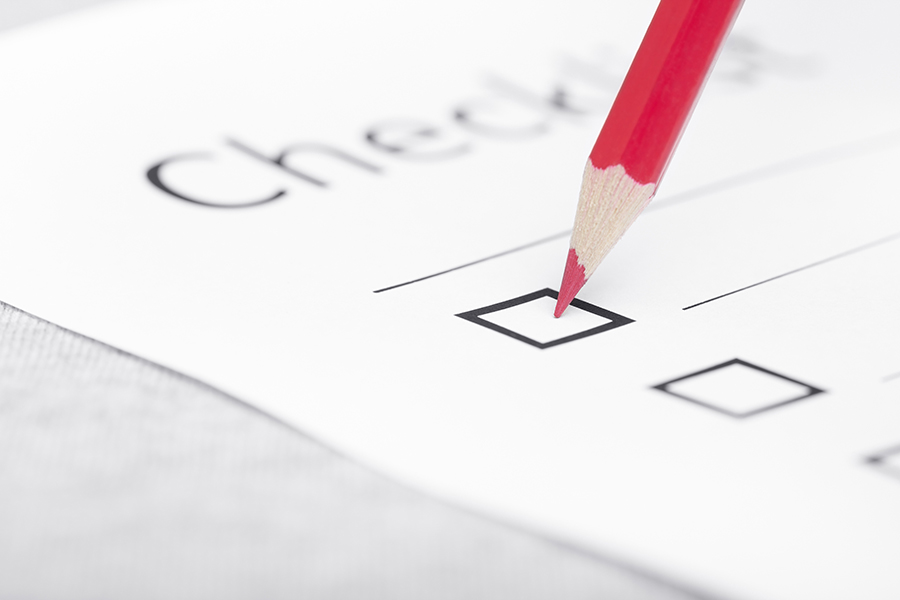Proofreading is an essential stage of the publishing process. The proofreader is usually the last set of eyes to read your book before you put it into the hands (and under the eyes) of your readers. No matter how many times you and your editor (or even your friends) read your book, typos will happen. It’s just par for the course in book publishing. That’s why publishers have files called “reprint corrections.”
Proofreading is performed in page proofs (a manuscript that has been typeset in publishing software for eventual upload to a printer).
The following is a list of tasks a good proofreader will undertake to ensure a book is as ready for printing as it can be.
- Correct any spelling and/or grammatical errors.
- Flag any confusing copy to request clarification.
- Note any formatting inconsistencies.
- Ensure that copyright page is complete or marked for additional material to come.
- Ensure that page numbers appear in the appropriate place on each numbered page.
- Ensure that chapter titles are consistent among the table of contents, chapter openers, and running heads.
- Ensure that running heads are consistent within each chapter.
- Ensure that page numbers in the table of contents correspond to page numbers in text, or appropriate page numbers have been filled in.
- Add page numbers for all cross-references.
- Ensure that correct capitalization has been used in titles.
- Mark any widows, orphans, and stacks.
- Ensure that words do not break from right-hand page to left-hand page, and no contracted words are broken.
- Check note numbers for corresponding endnotes/footnotes.
- Ensure that information in endnotes, bibliography, and/or reference list is complete or marked for completion.
- Ensure that ellipsis points are set correctly.
- Ensure that smart (curly) quotes have been used or highlighted for correction.
- Ensure that there are no spaces around hyphens, en dashes, or em dashes.
- Check design elements for consistency.
In traditional publishing, after a book has been proofread and the corrections have been made by the typesetter, the first-pass proofs are checked against the second-pass proofs, and then the second-pass proofs are checked against the third-pass proofs. Generally, three passes is all that’s needed. If you are self-publishing, you’ll need to make sure that all corrections have been made with the assistance of your proofreader

Recent Comments